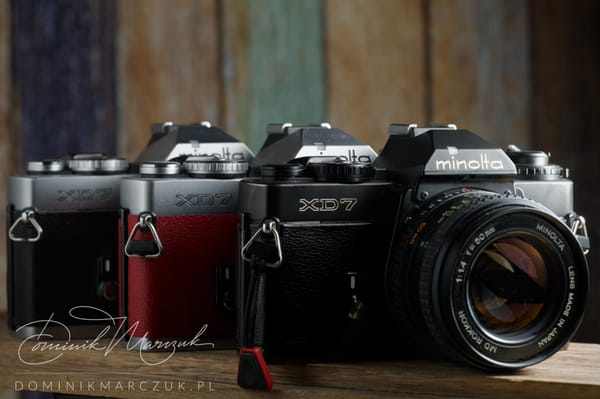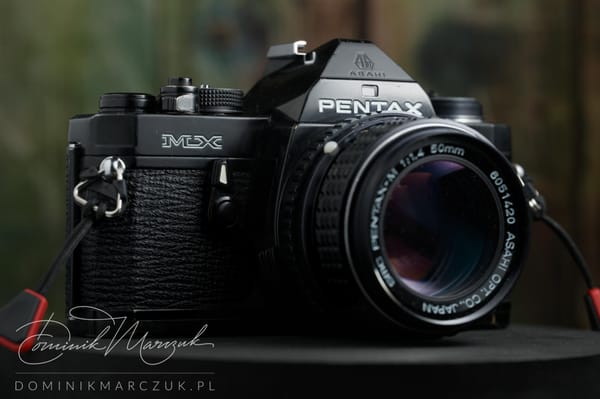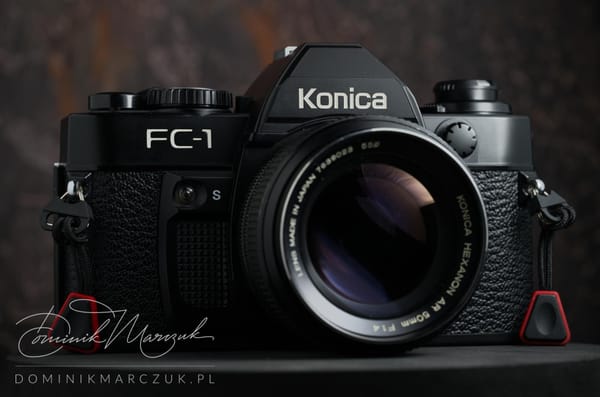Minolta X-500
The X-500 is considered one of Minolta's best cameras, even better than its bigger sibling, the X-700. But is this opinion justified?
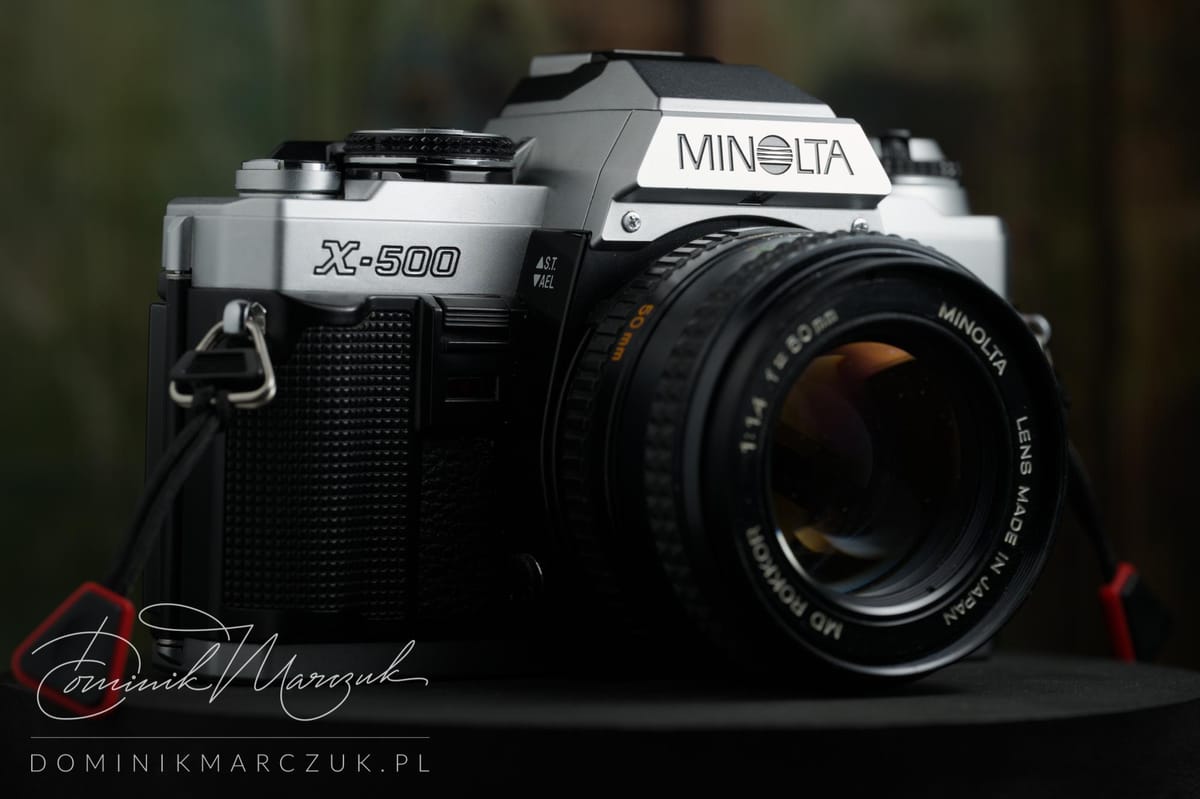
I wasn't planning to get another Minolta. I wanted to use my XD7 exclusively. However, my XD7 had been at a repair shop for a prolonged time, so I decided to get a substitute. Someone near me was selling a Minolta X-500, so I went to have a look. It turned out to be in mint condition, so I bought it.
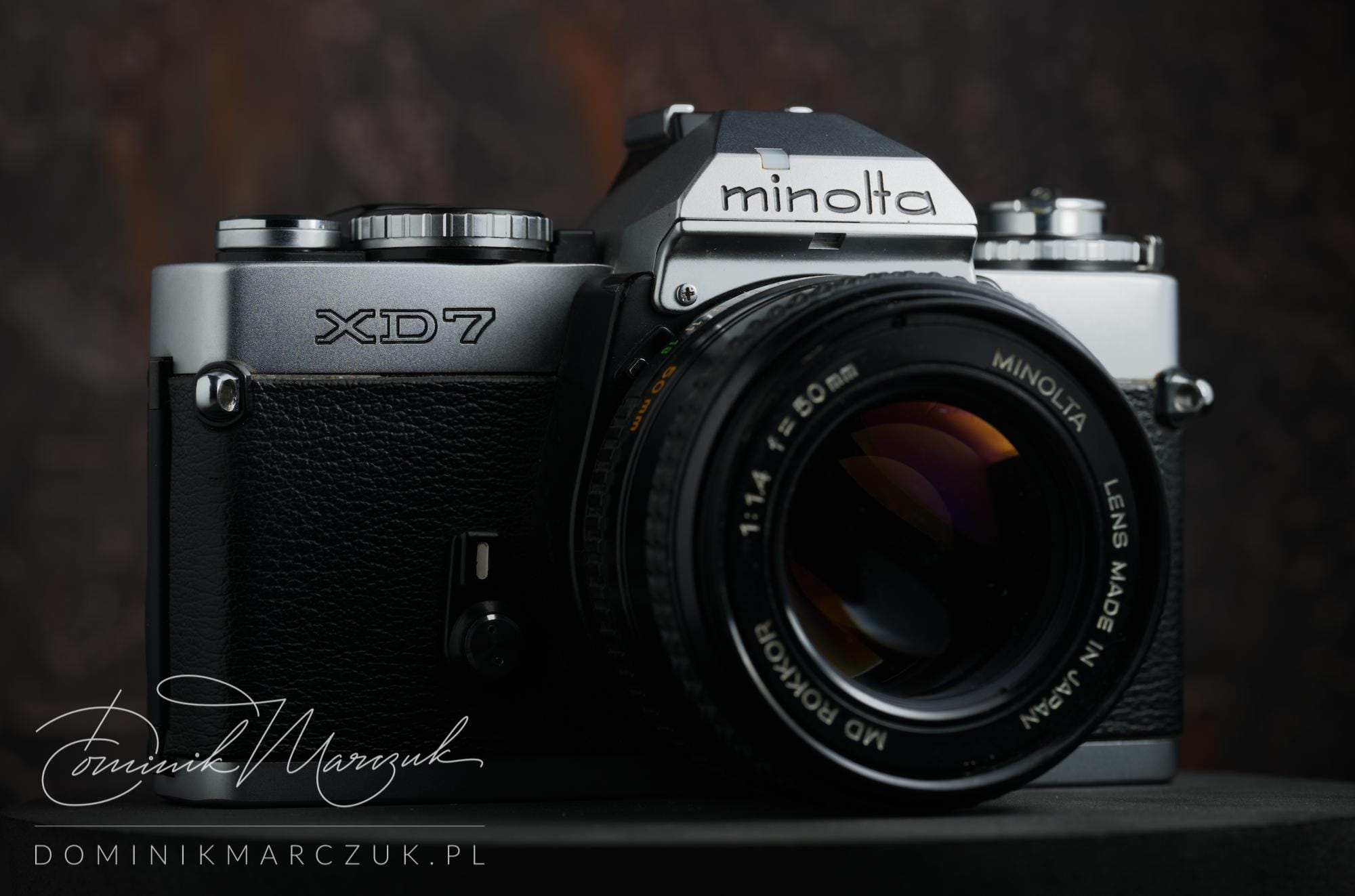
Some Specs
Here's what the camera doesn't have, and I wish it did:
- Integrated eyepiece cover
- Exposure compensation
Here's what it does have:
- Minolta SR mount
- Standard Minolta film loading mechanism
- Bright viewfinder with good magnification and 95% coverage
- Aperture, shutter speed and light meter reading displayed in the viewfinder
- Matte screen with a horizontal split-prism and a microdiaprism collar
- Cloth shutter, electronically controlled
- 12-3200 ISO range
- 1-1/1000" range of shutter speeds (up to 4" in aperture-priority mode), plus the usual bulb mode
- Aperture priority or metered manual mode
- Uses two LR44 batteries
- All-plastic exterior with a shallow grip
- Metal frame
- Either all-black or silver finish (mine's silver)
- PC port
- ISO hot shoe
- DoF preview button
- Mechanical, threaded remote shutter release cable port located on the side of the lens mount
- Exposure lock button that doubles as a self-timer switch
- Electronic self-timer, with an LED indicator and an optional beep
Comparison with the X-700
The X-700 is more full-featured than the X-500 and is an obvious comparison. I do not have an X-700 in my arsenal, so I must rely on third-party reviews and published specifications.
The only real difference seems to be that the X-500 lacks the full programme mode, which allows its bigger sibling to become a point-and-shoot camera. On the other hand, the X-500 displays more exposure settings in the viewfinder. I find the programme mode useless. The informative viewfinder is a huge plus.
First Impressions
The camera was released in 1983, an era I like to dub the "plastic fantastic". On closer inspection, the materials used in its chassis become evident, but from a distance, it passes as more vintage than it is. There's an on-off slide switch, but all the other controls are traditional: the rewind lever, the shutter button in the middle of a shutter speed dial, the film advance crank.
The first time I lifted the X-500 to my eye, I noticed the light meter reading. It turns on when I touch the shutter button; there is no need to half-press it. It remains on for around 15 seconds, then it goes dark to conserve energy. The reading is shown using red LEDs next to the shutter speed scale, with a flashing LED indicating the selected shutter speed and a constantly lit one showing the light meter reading. This is very similar to my Pentax P30. The aperture display is the same as in other Minoltas: the aperture ring is shown via a small window in the pentaprism housing.
Due to the lack of a backlight, the shutter speed scale and the aperture preview can become completely invisible in darker conditions. This is common for most cameras produced before or in the 80s.
Use in the Field
The first time I used the X-500, I was in a literal field. I went to the village of Klewki and strolled around Lake Linowskie. The temperature was below freezing, and unfortunately, the light meter LEDs stopped working. Everything else worked fine, so I assumed the LEDs required close to 3 volts to light up, while everything else tolerated the lowered voltage of cold batteries. I wasn't entirely correct; more on that later. Luckily, I always carry my phone with a light meter app to get acceptable exposure in most of my pictures.
The shutter speed dial was another minor inconvenience I noticed. Rotating it is effortless and smooth, which in and of itself is great. However, it's not a mechanical dial, and one can go from 1/1000" to 1" in a single click. Or two, to be exact, since there's the "A" setting in the middle. The issue is that the dial locks in place with a click when the "A" mode is selected. Moving back to any shutter speed requires a button next to the dial to be pressed. I wish this weren't the case. If I use the aperture priority mode, I'm unlikely to use the shutter speed dial. When I use metered manual mode, I don't appreciate the dial getting locked. Fortunately, it's just a matter of being careful with the dial and minding the direction in which it's rotated.
When I finished my first roll at home, everything worked fine. The light meter LEDs came back to life as soon as the ambient temperature went up. Predictably, the camera's shallow grip and thumb rest proved too small for my hands, but they were sufficient to hold the X-500 firmly, if not entirely comfortably. Overall, it was a pleasant experience.
When I scanned the first roll, I noticed another issue: around a third of the images had a darkened right edge. It only affected images at the end of my photowalk, when the camera had been exposed to the cold the longest. The cold grease could make the shutter curtains move at an uneven speed, but again, that assumption turned out to be incorrect.
For my second photowalk with the X-500, I grabbed a roll of black-and-white film and went to Gdańsk city centre. The light meter LEDs worked intermittently, slightly better when I puffed some warm air on my fingers. Near the end of the roll, the shutter began malfunctioning. It only fired once in a while, after I turned the camera off and back on a few times.
That's when I decided to install fresh batteries. Lo and behold, all issues disappeared as soon as a new pair of LR44 button cells landed in the camera's battery compartment. When I scanned the photos, the darkening of the photo edge also disappeared in the images taken after changing batteries.
I've used the camera multiple times after the two initial Winter walks. I've not experienced any issues until one day in July, the darkening of the right side of the frame became apparent on a few frames. It looks like the camera burns through a pair of LR44 button cells in slightly over half a year; probably less in case of more frequent use. I need to remember to change the batteries before they start showing signs of low charge.
Final Thoughts
At the time of writing this post, I have shot seven rolls of film using my X-500. Whether this is a lot of experience or I've just barely grazed the surface of the matter, I leave it to you to decide.
Regardless, I think I've tested the camera in a wide range of conditions: from freezing temperatures with nearly exhausted batteries to taking photos in scorching Summer sun. It fared well, and I enjoy using it.
- + acceptable ergonomics
- + good appearance, if a bit plasticky
- + bright focusing screen with good magnification
- + mechanical shutter release cord port
- - no battery charge indicator
- - drained batteries produce uneven exposure throughout the frame
- - locking shutter speed dial at the "A" setting
Example Photos
As usual, a disclaimer before I post the sample photos: it's not the camera body that determines the photo quality; it's the lens, film and the photographer. The images visible below don't illustrate the capabilities of the Minolta X-500 in any way.

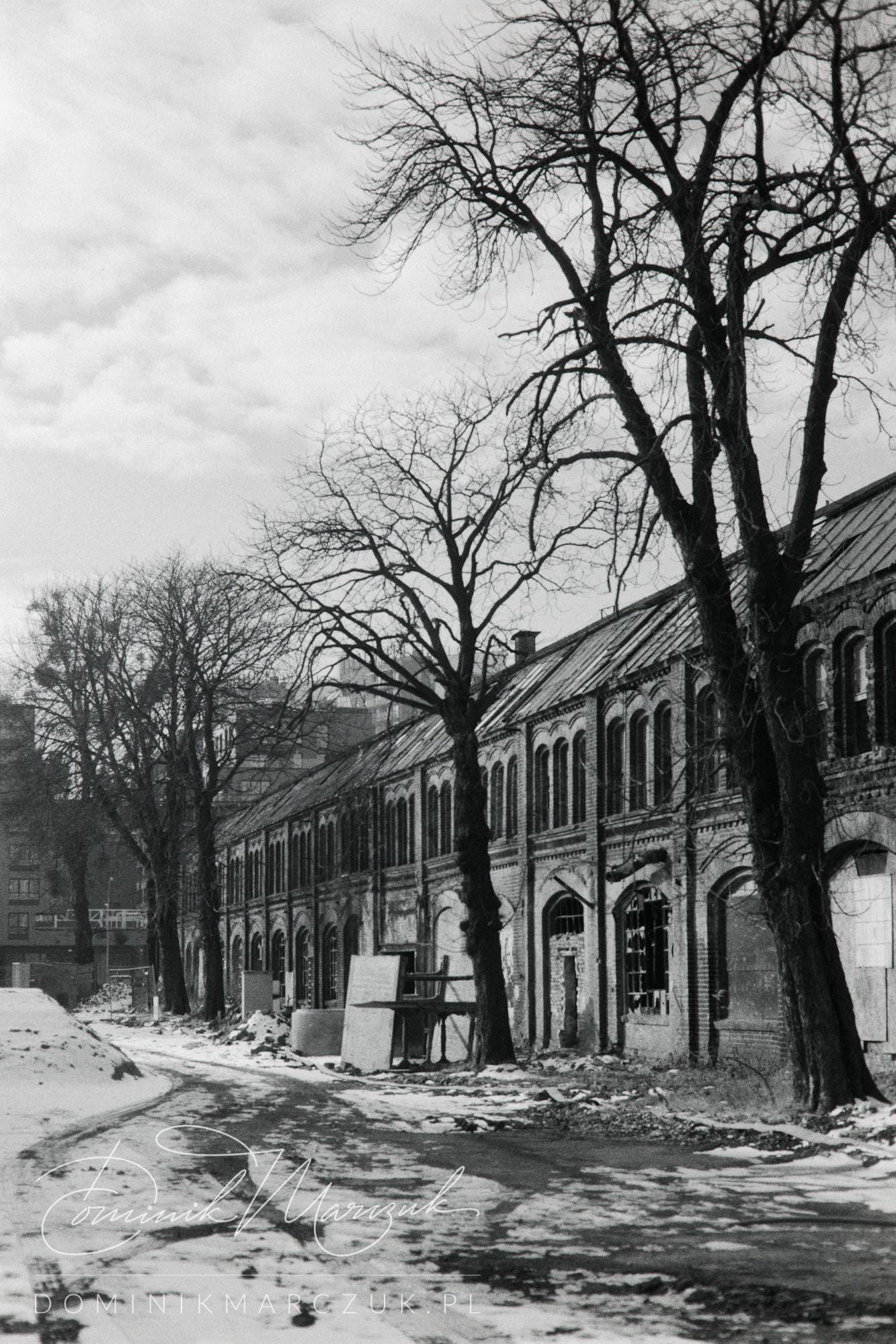
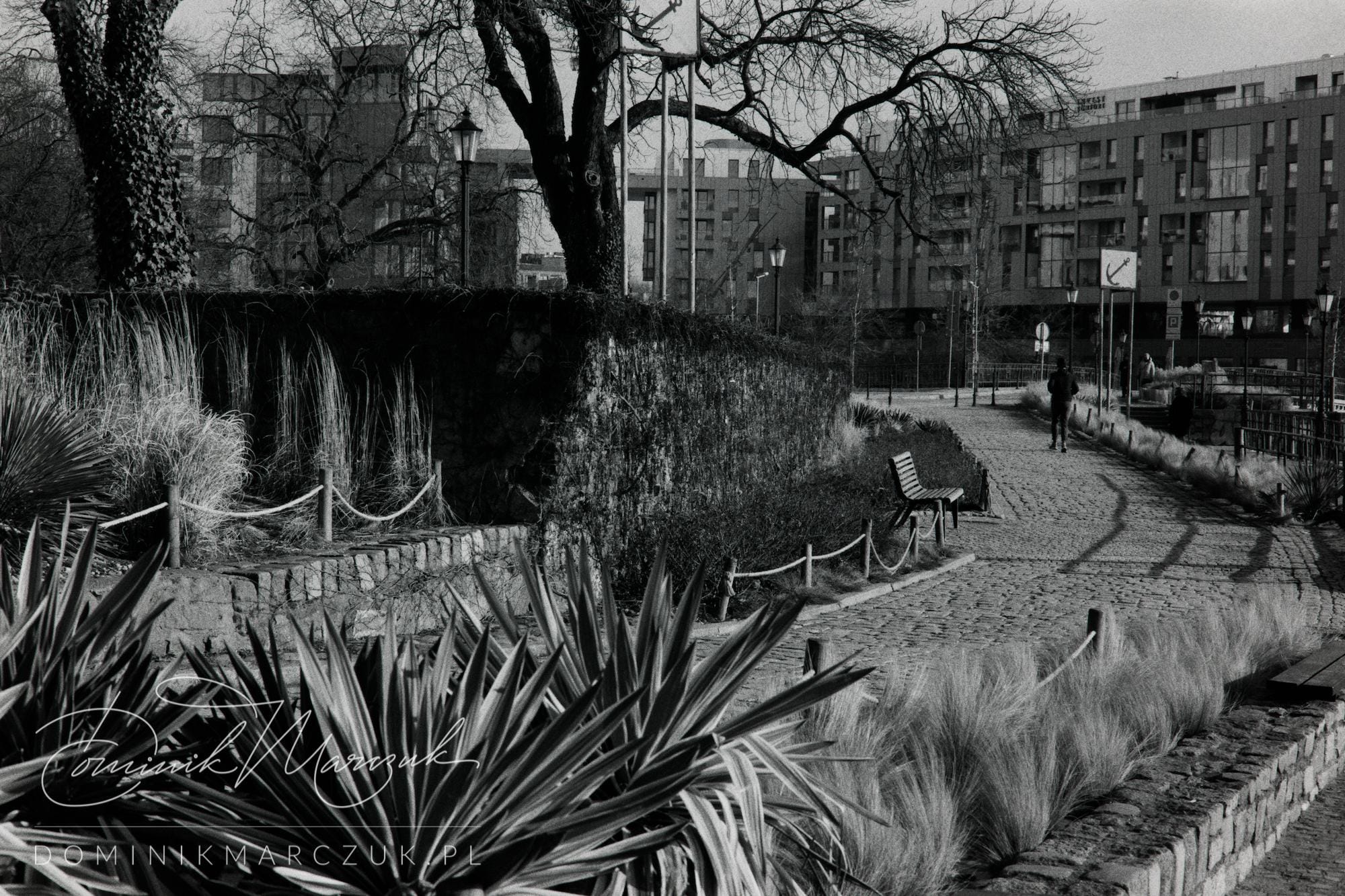


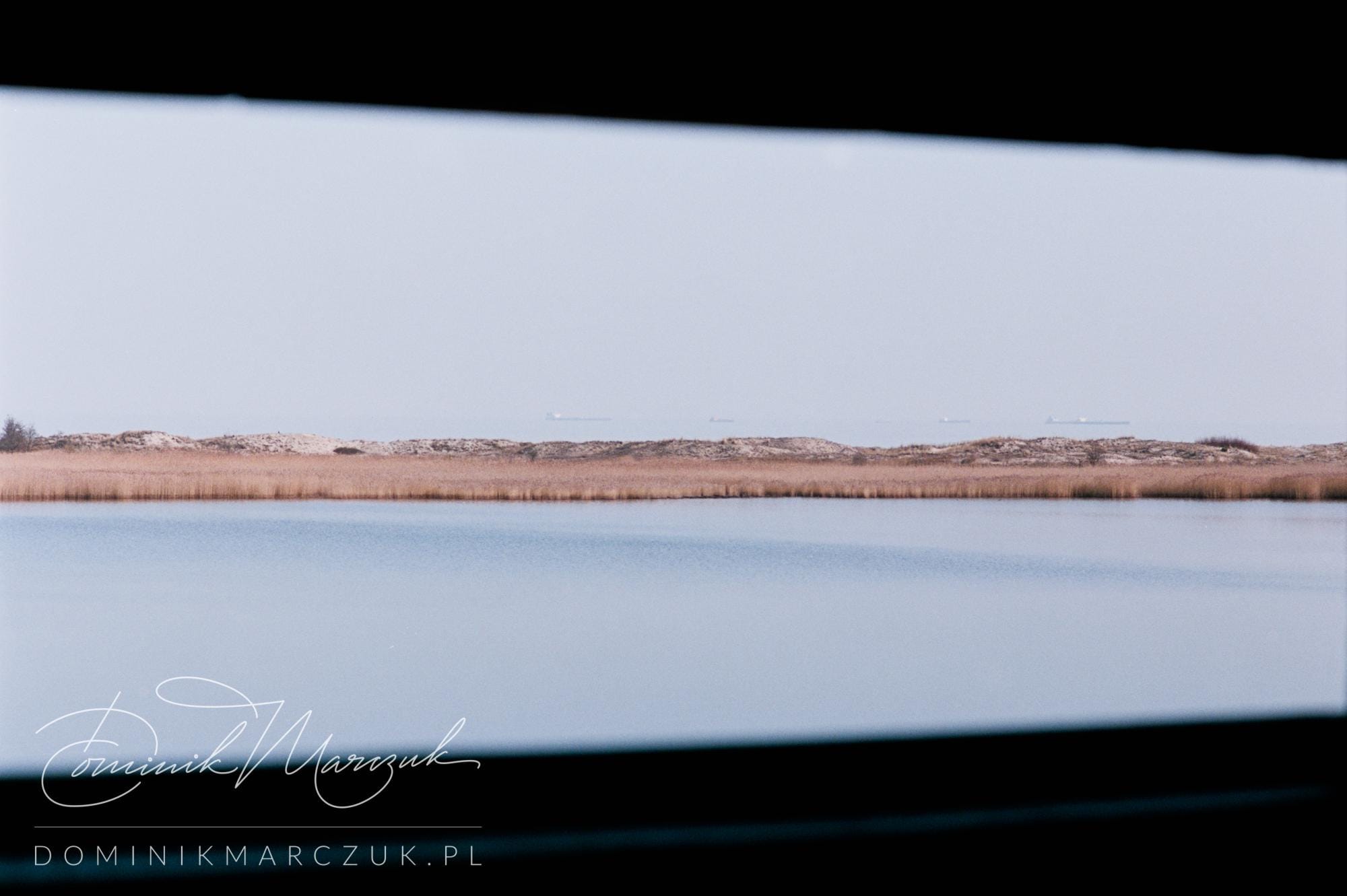
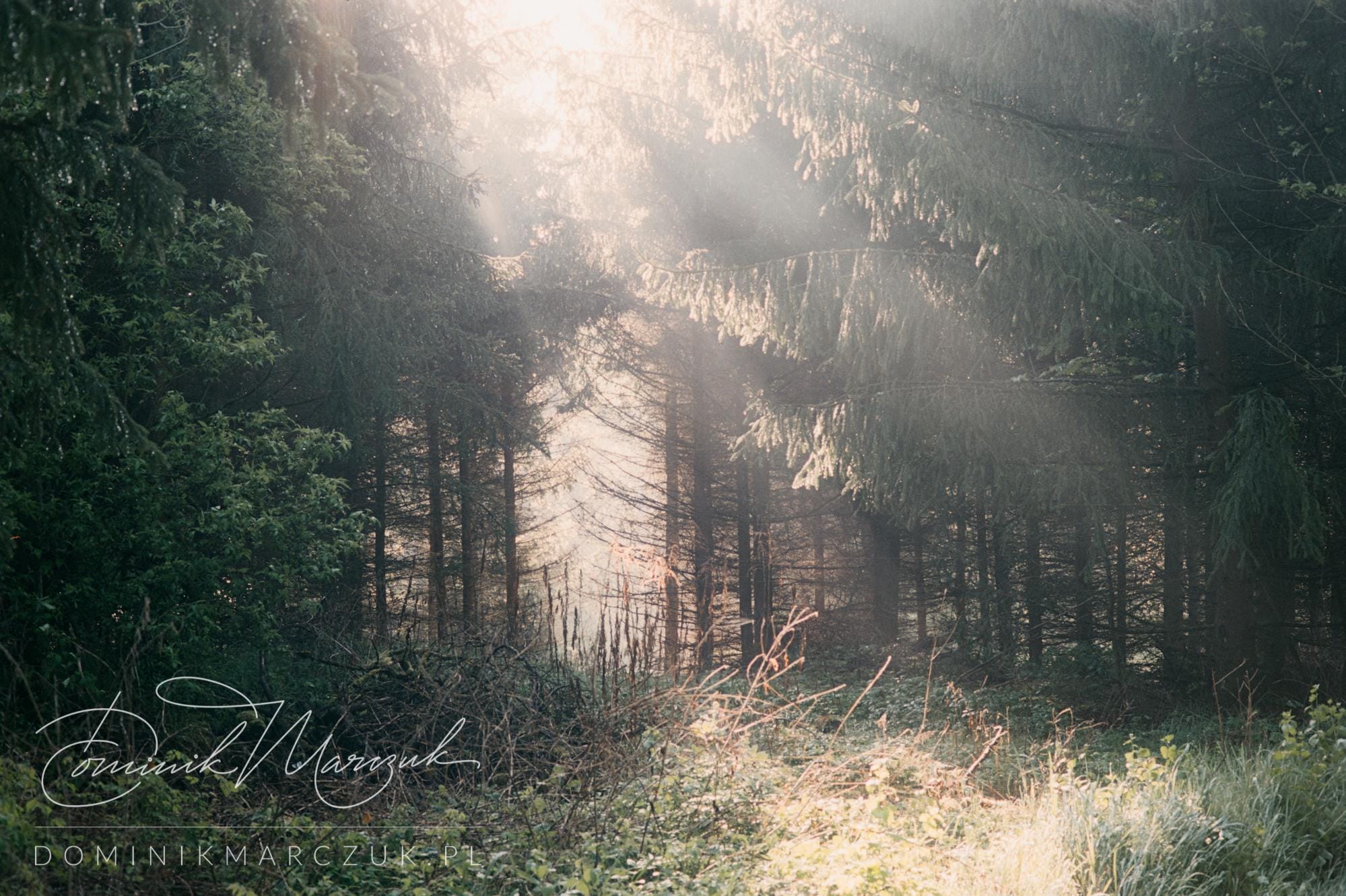
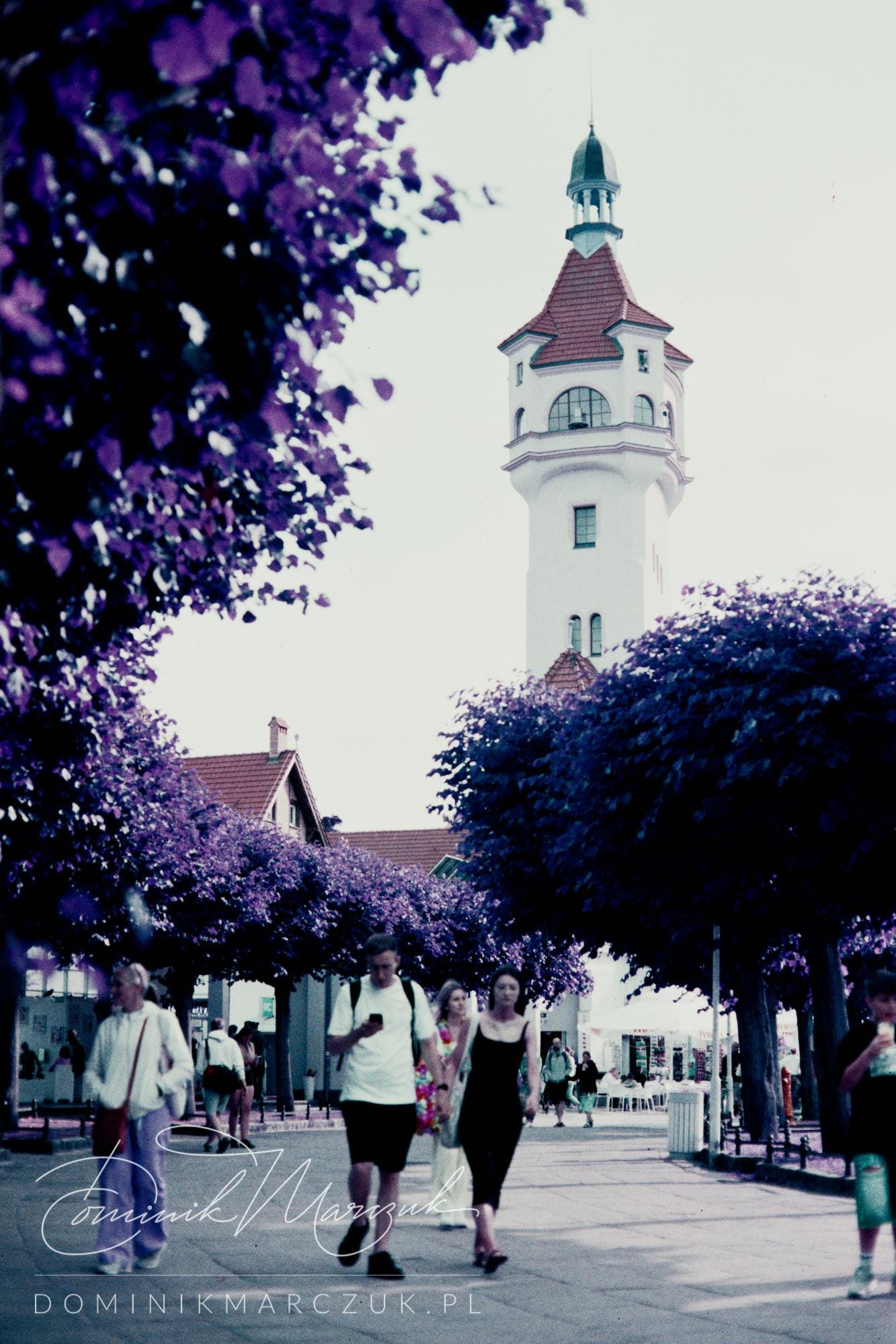
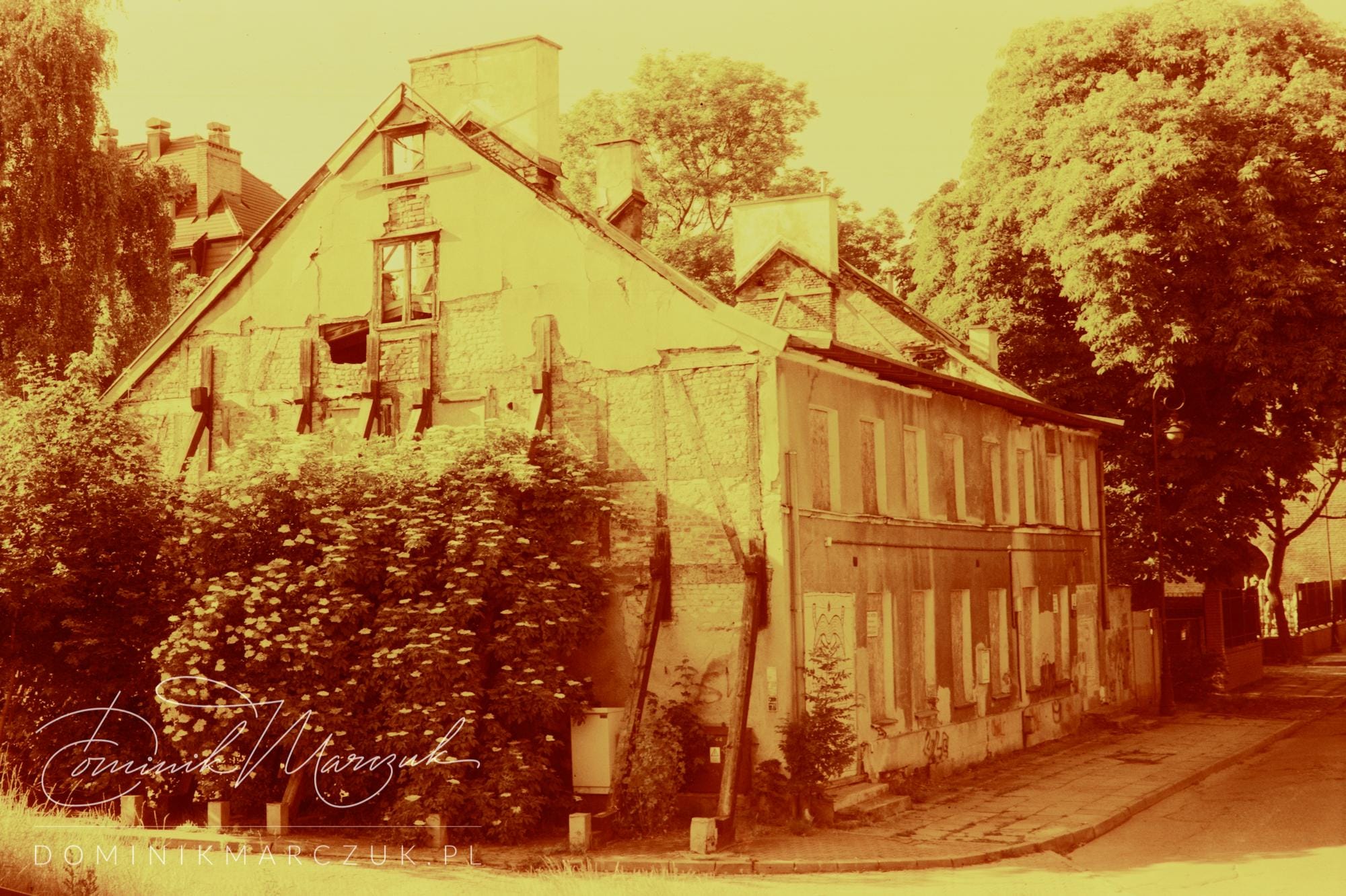
In case anyone's interested, some info about each image:
- Minolta MD Rokkor 50 mm 1:1.4 | HAS65 200D | 1/30 s | f/8
- Minolta MD Rokkor 50 mm 1:1.4 | Foma Fomapan 200 | 1/250 s | f/4
- Minolta MD Rokkor 50 mm 1:1.4 | Foma Fomapan 200 | 1/125 s | f/8
- Minolta MD 28 mm 1:2.8 | Santacolor 100 | 1/30 s | f/8
- Minolta MD 28 mm 1:2.8 | Kodak ColorPlus 200 | 1/125 s | f/5.6
- Minolta MD Zoom 70-210 mm 1:4 @ 85 mm | Santacolor 100 | 1/125 s | f/8
- Minolta MD Rokkor 50 mm 1:1.4 | Santacolor 100 | 1/4 s | f/8
- Minolta MD Rokkor 50 mm 1:1.4 | Lomochrome Purple | 1/250 s | f/2.8
- Minolta MD 28 mm 1:2.8 | HAS65 RED | 1/30 s | f/8



